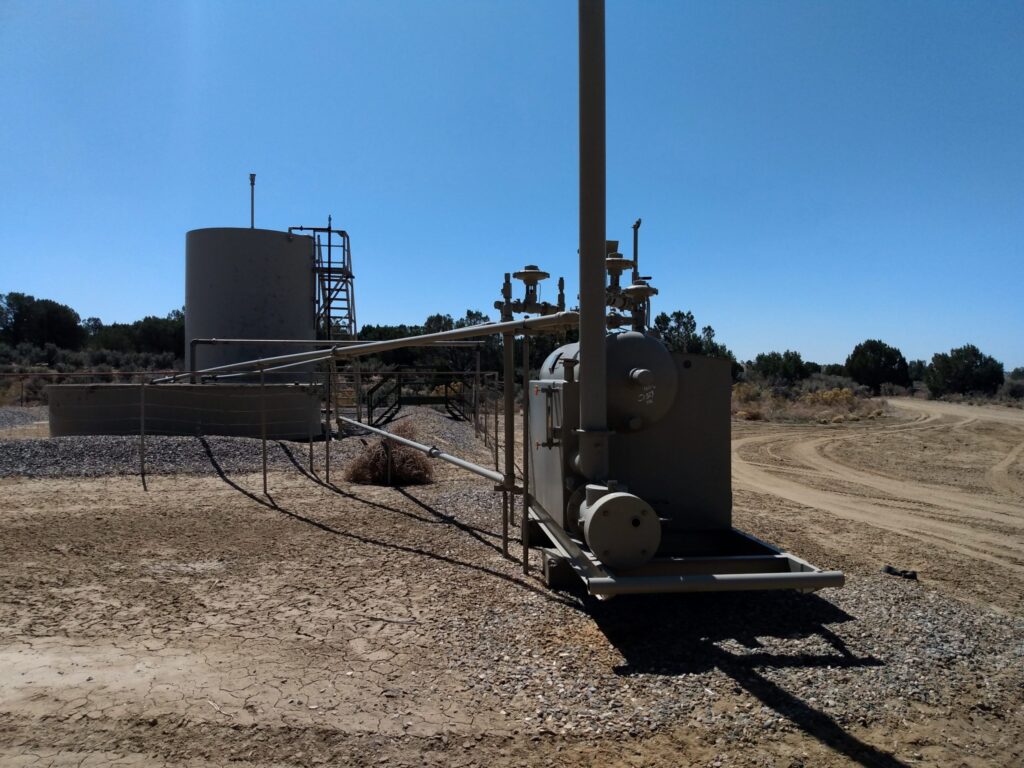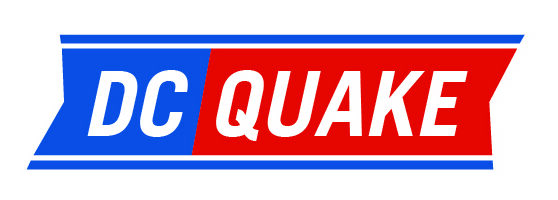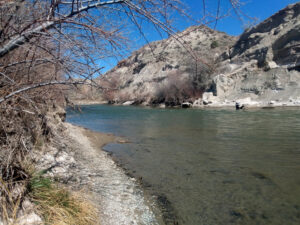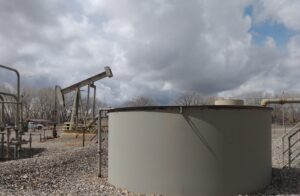Analysis finds $8.1 billion gap in New Mexico bonding requirements, clean up costs for oil and gas

Oil and gas infrastructure could leave the state with a hefty price tag for cleanup if companies go bankrupt, according to a new analysis completed by the Center for Applied Research.
The analysis found an $8.18 billion difference between the bonds for the infrastructure in the state and the cost of cleaning up the sites. Companies issue bonds to provide financial assurance that the sites will be cleaned up in case of bankruptcy.
The Center for Applied Research is an economic consulting firm that focuses on “resource valuation and market analysis pertaining to tribal lands and state trust lands,” Chad Linse, an economist with the organization, told NM Political Report in an email.
According to the report, it will cost approximately $8.38 billion to clean up the oil and gas infrastructure currently located on state and private lands in New Mexico. The amount of money available through the required financial assurances, or bonds, is $201.42 million. That leaves the approximately $8.18 billion gap.
Some of the infrastructure does not have any bonding requirements. This includes compressor station sites, freshwater frac ponds and storage facilities or warehouses.
Additionally, companies with a larger number of wells pay less per well. For example, operators with more than 100 wells carry an average of $127 in bonds per well. Meanwhile, a company operating a single well would have an average of $13,203 in bonds for that well.
The report states that market volatility is common in the petroleum industry and it is not uncommon for an operator to file bankruptcy in the middle of operations. This is particularly true if there is an economic downturn or if demand for petroleum decreases.
“We have completed several studies related to the oil and gas industry’s use of New Mexico state trust lands in the past,” Linse said. “However, this is the first study we have undertaken looking at financial assurance requirements for oil and gas infrastructure.”
Linse said the Center is hopeful that its findings will be useful during discussions about bonding policies in New Mexico.
State land commissioner: first study to fully assess the inadequacies of the bonding requirements
In a statement, State Land Commissioner Stephanie Garcia Richard called it the “first study that fully assesses the inadequacies of New Mexico’s oil and gas bonding requirements.” She continued that she is proud to have “sparked the development of the study” but that the results were “staggering.”
“Today we know that New Mexico’s oil and gas industry is inadequately bonded to the tune of $8.1 billion,” Garcia Richard said. “That’s $8.1 billion that we don’t have, but will be needed to fill the gaps where existing financial assurances won’t cover the cost to fully clean up and remediate over 60,000 wells, 35,000 miles of pipeline, and other miscellaneous infrastructure.”
She also said oil and gas companies are required to plug wells at the end of the lease to prevent methane and other gases from leaking into the air. Additionally, she said the State Land Office requires companies to remove old infrastructure and to remediate spills and contamination. Companies are also required to restore the land to its pre-extraction state, which includes reseeding with native plants.
“No one can afford these obligations if they have gone bankrupt. That is why we need companies to be adequately bonded on the front end,” Garcia Richard said.
Analysis limited by available data
The New Mexico State Land Office provided the Center with some data, however the majority of the data analyzed is publicly available. This did cause some limitations, Linse said.
“Because we were trying to answer questions that haven’t necessarily been asked in the past, some of the data we would have liked to see simply was not available publicly or even maintained internally by regulators,” he said. “For instance, we did not have access to a full report on the financial assurance carried by operators permitted by the [New Mexico Oil Conservation Division] and therefore we had to use sampling techniques to build a reasonable estimate. While I’m sure the NMOCD is capable of preparing such a report with their record keeping system, it is not something that is already compiled and accessible to the public.”
Additionally, the report highlights that no one entity has information regarding the location of all the pipelines in New Mexico. Linse said this is particularly true for gathering lines and small diameter pipelines.
“While mileage figures for those pipelines may exist somewhere, they have not been tabulated or combined in a format that was feasible for use in the Center’s analysis,” he said.
He said the Center expects the state’s liability for pipelines is actually higher than what is estimated in the report.
The report states that it will cost $1.91 billion to close and clean up the pipelines on state and private lands in New Mexico. Meanwhile, there is less than $1 million in financial assurances to pay for that if the companies go bankrupt.
State land office plans public meetings
“These findings require our full attention, participation, and action as a state,” Garcia Richard said. “Enormous sums of taxpayer money and money meant for public schools, along with the long-term health of our lands, are on the line. I am committed to ensuring we get to a place where responsible parties are adequately bonded, but how we do that depends on all of us.”
The State Land Office and plans to host a series of public meetings throughout the state and people can sign up for information about those meetings at nmstatelands.org/bonding. Garcia Richard said these meetings will help the State Land Office gather information about how the decisions will impact the public, working families and small businesses.
This article was originally posted on Analysis finds $8.1 billion gap in New Mexico bonding requirements, clean up costs for oil and gas






